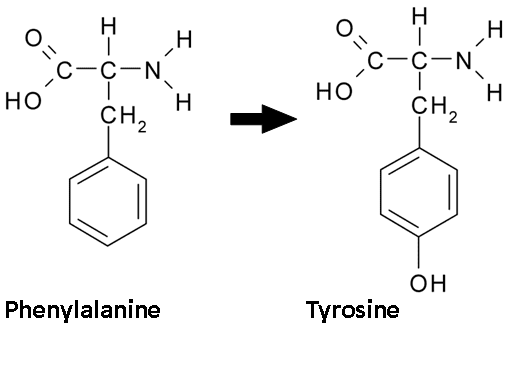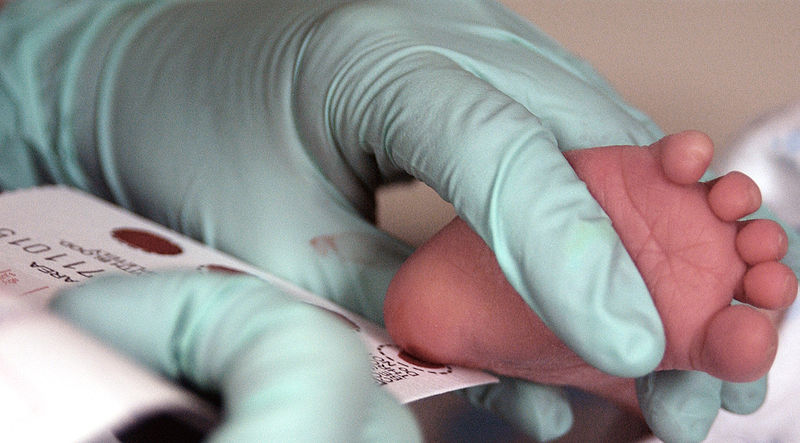Team:Imperial College London/M1/PAH
From 2009.igem.org

Contents |
Phenylketonuria
Phenylketonuria (PKU) is an autosomal recessive genetic disorder where the body is unable to break down the amino acid phenylalanine. This is because of a deficiency of an enzyme called phenylalanine hydroxylase (PAH), which converts phenylalanine to tyrosine. Absence of PAH causes phenylalanine to break down into phenylketone instead. A chronically high level of phenylalanine, called hyperphenylalaninemia will result. Phenylalanine then accumulates in blood and tissues and results in characteristic symptoms of PKU. Left untreated, PKU can lead to problems with brain development resulting in progressive mental retardation and brain damage.
PKU is usually detected at birth, and all new born babies are tested for the disease using a heel prick test. However, there is currently no cure for the condition. Current treatments are centred around following a very strict low-protein diet. By engineering the E.ncapsulator to manufacture PAH, we hope that our cells can be taken as a dietary supplement to replace the missing PAH. This will break down phenylalanine from the diet in the gut, before it is absorbed into the bloodstream.
Phenylalanine Hydroxylase Detail
Phenylalanine Hydroxylase is an enzyme that catalyses the converstion of phenylalanine to tyrosine. This is conversion is by the addition of a hydroxyl group to the end of the 6-carbon ring of phenylalanine, to form tyrosine.
Since PAH is usually found in the liver, it unsurprisingly lacks any natural resistance to proteases found in the intestine. In order to overcome this problem we introduced a mutation into the structure of PAH to increase its resistance to proteolytic degradation. The delivery of PAH by The Encapsulator is particularly relevant on two accounts. Firstly, it represents a landmark in metabolic subcontraction and secondly, it offers a treatment for a genetic disease.
We have also modified the PAH sequence on two accounts, in order to remove restriction enzyme recognition sites that would otherwise not allow for the biobricking of the enzyme.
How it was modified
The PAH enzyme in its normal form contains 2 restriction enzyme sites that make it unsuitable for submitting directly to the BioBrick registry. For this reason we used Site Directed Mutagenesis to modify one amino acid in this sequence, thereby removing the restriction enzyme recognition sites and making the DNA sequence suitable for submission to the registry.
We also submitted a seperate DNA part to the registry that has been modified to make
Useful Links
[http://www.nspku.org/ NSPKU: National Society for Phenylketonuria]

 "
"





